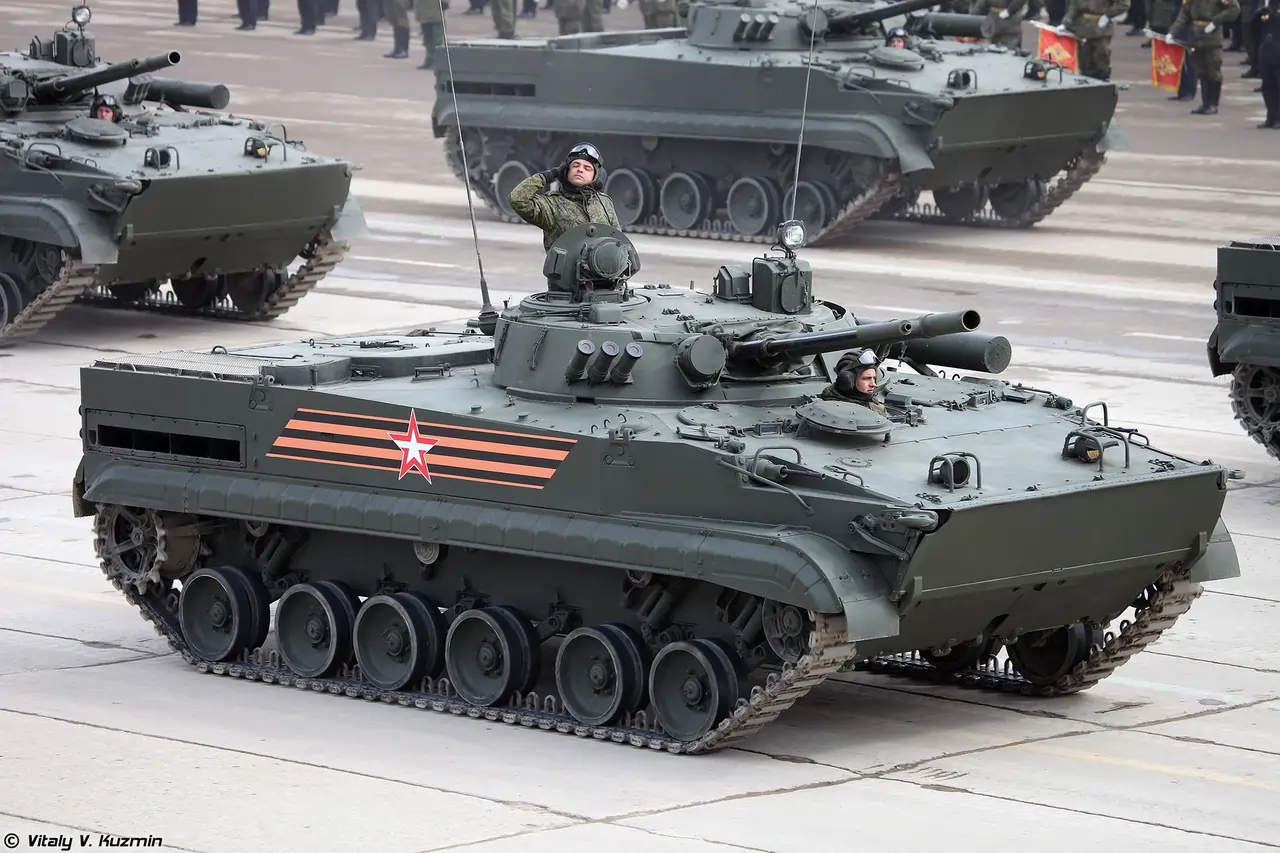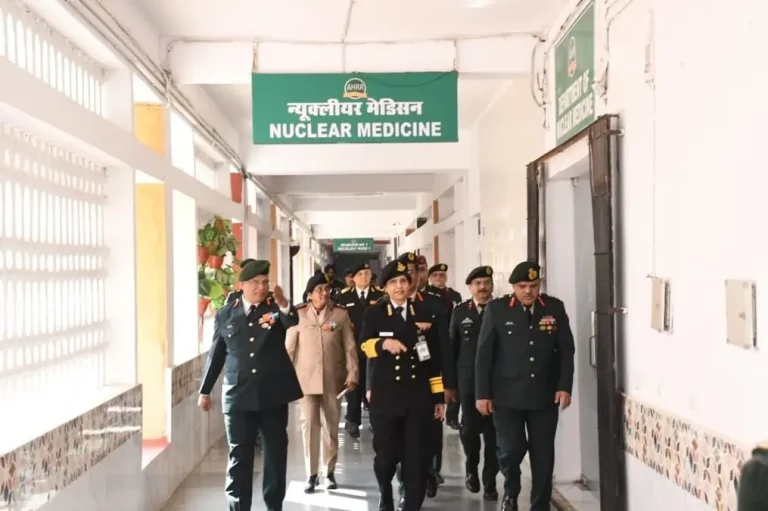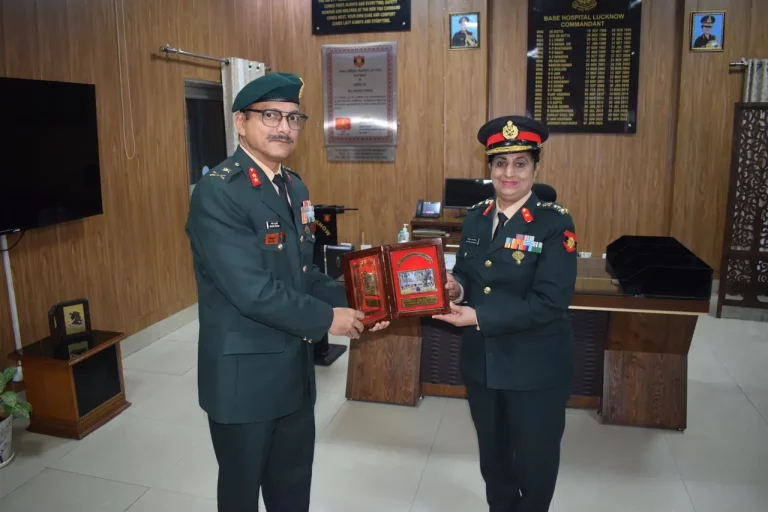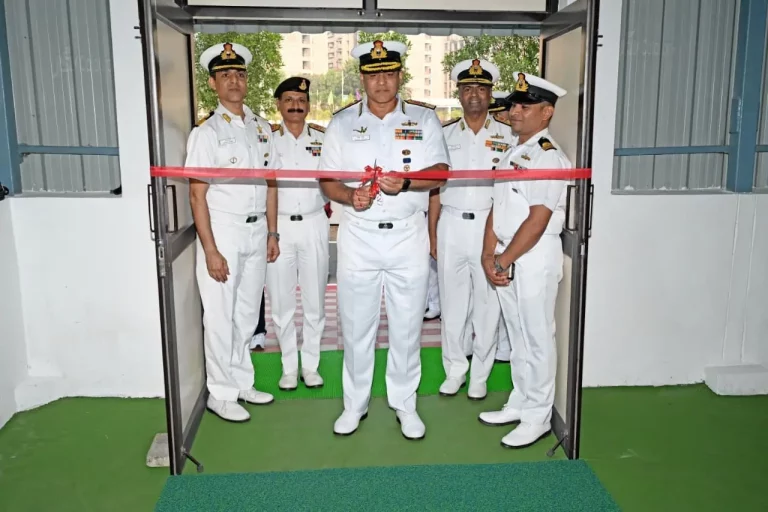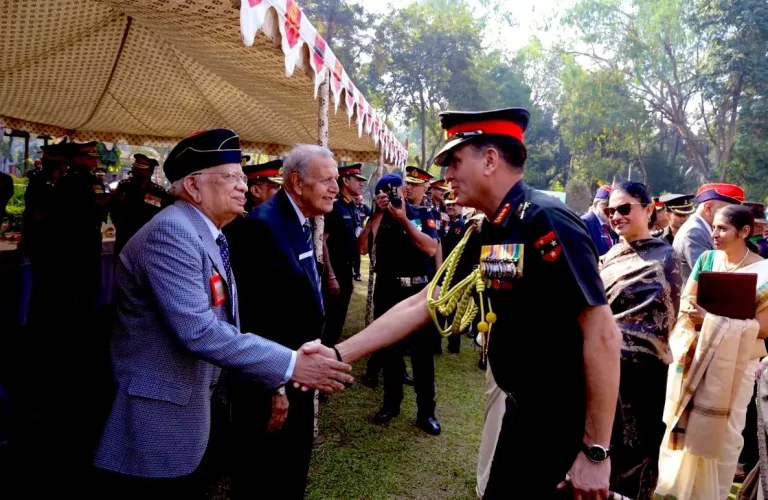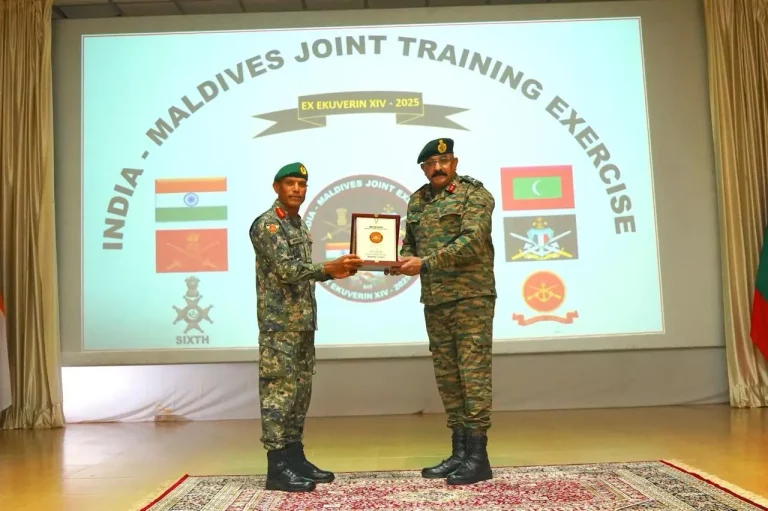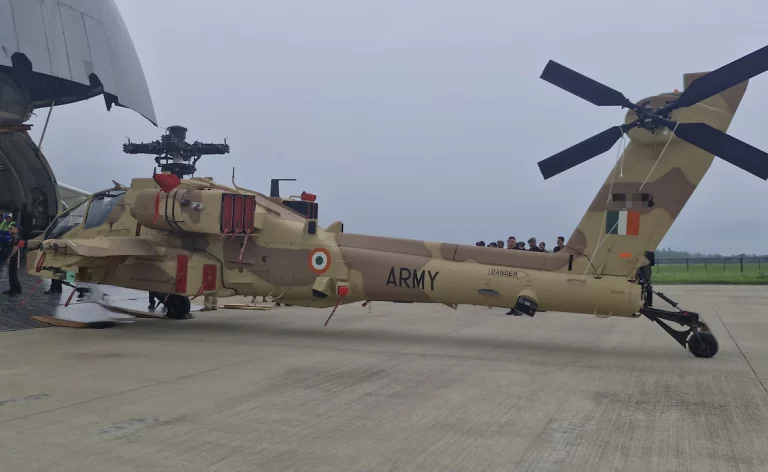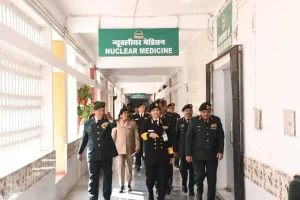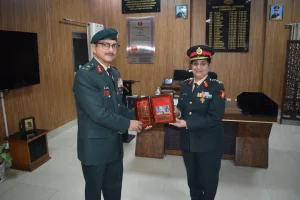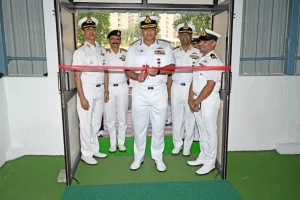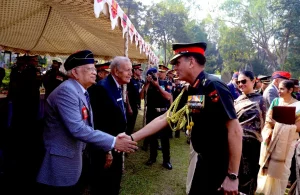Russia has introduced an upgraded variant of its BMP-3 Infantry Fighting Vehicle (IFV) to India, featuring a comprehensive modernisation package aimed at enhancing protection, mobility, and firepower. This proposal is particularly timely as the Indian Army looks to replace its aging BMP-2 fleet and bolster its mechanised infantry capabilities.
The new BMP-3 variant boasts several advanced features, including modular explosive reactive armour (ERA), slat and grill armour designed to combat drones and loitering munitions, and self-sealing fuel tanks that significantly improve survivability in combat situations. Additionally, it has a redesigned rear-mounted engine and a hydro-mechanical transmission which enhance mobility and performance, particularly in challenging environments such as high-altitude and desert regions.
Firepower has also seen notable upgrades; the vehicle now includes sophisticated fire-control and observation systems enhanced with multispectral day-night sights and automated tracking capabilities. These advancements allow for the simultaneous engagement of multiple targets, providing a tactical edge against infantry, light armoured vehicles, and fortified positions. The BMP-3 retains its tri-calibre armament system, comprising a 100mm gun, a 30mm cannon, and a 7.62mm machine gun, with new options for integrating laser-guided anti-tank missiles.
One of the most striking features of the upgraded BMP-3 is its incorporation of AI-assisted semi-autonomous operations. This includes automated navigation, threat detection, and fire control support, reflecting a global shift towards greater automation in combat vehicles.
Currently, India is progressing with its own mechanised infantry modernisation efforts through the BMP-2M upgrade programme, which is modernising 693 vehicles with advanced night sights, electro-optical systems, and improved fire-control capabilities. Alongside this, the Futuristic Infantry Combat Vehicle (FICV) project is underway, aiming to develop a fully indigenous, modular, and AI-enabled IFV as part of the Atmanirbhar Bharat initiative.
While the adoption of the Russian BMP-3 presents a potential immediate solution enhancing combat readiness, it also introduces logistical complexities, including the need for separate maintenance and supply chains. India faces the challenge of balancing these operational benefits with long-term strategic goals that prioritize indigenous production, technology absorption, and bolstering defence self-reliance.
The decision regarding the BMP-3 offer will have a profound impact on India’s armoured vehicle modernisation strategy over the next two decades, requiring careful consideration of operational efficiency versus the imperative of developing domestic defence capabilities.
